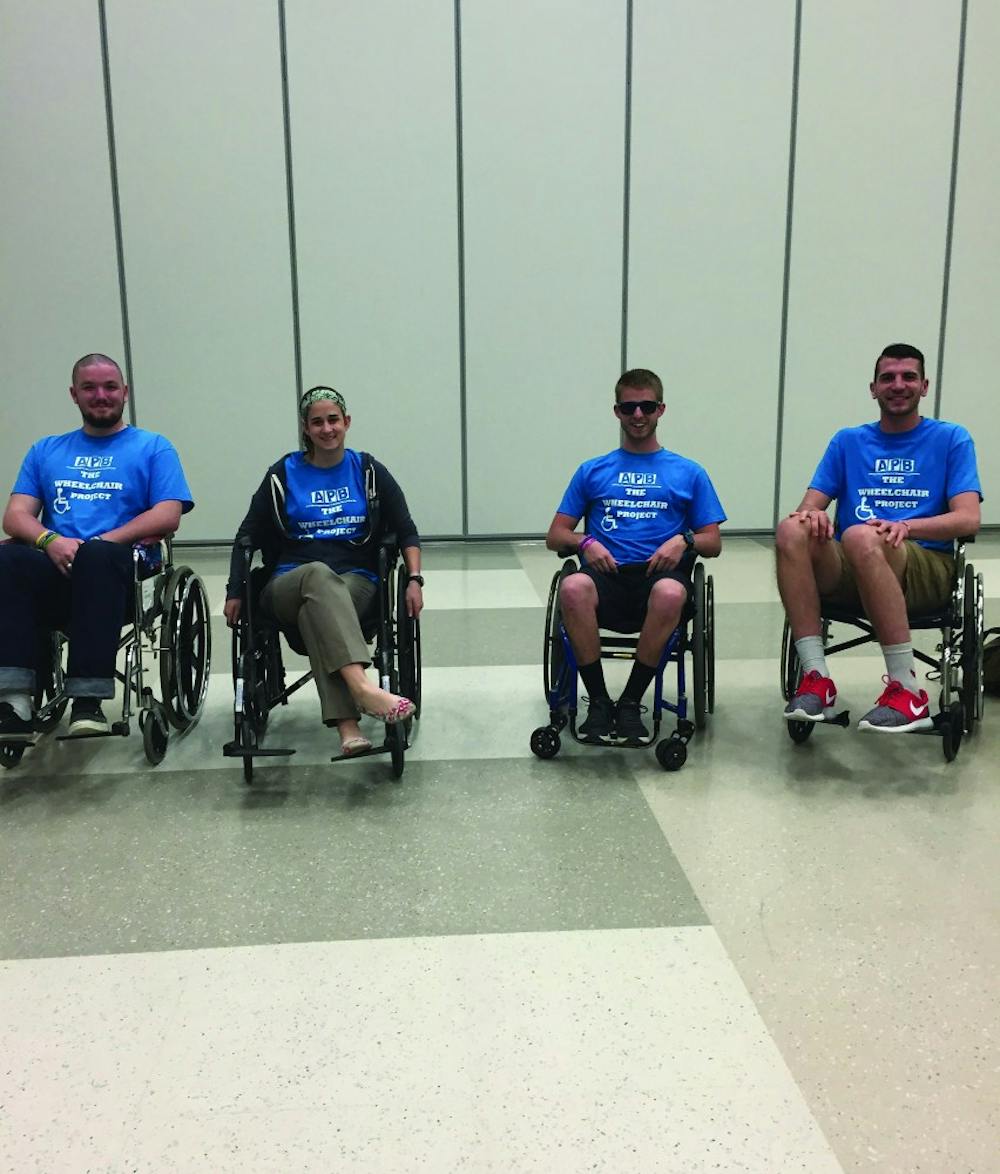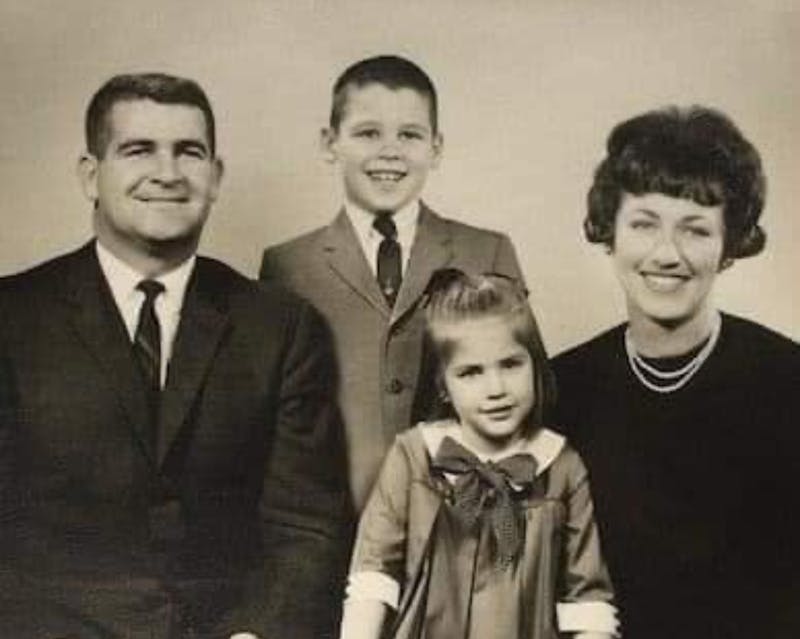Rolling through life in someone else’s shoes for a day, I experienced first-hand the struggles that handicapped students have to face in order to receive a college education.
Julie Price, of the Activities Program Board (APB), organized The Wheelchair Project so student leaders at Shippensburg University could spend one day in wheelchairs and gain insight on what people with handicaps go through.
The purpose of the project was to find places on campus that need to become more handicap-friendly and get a glimpse of what college life is like from the perspective of a student with physical disabilities.
The six students who participated were Trent Bauer, Brandon Christmas Lindsey, Shea Evans, Grant Henry, Alexa Moran and myself.
I arrived on foot to The Slate office in the Ceddia Union Building (CUB) on Wednesday morning, where I settled into my wheelchair for the first time. Since I volunteered for the first shift at The Slate’s Earth Day table in the quad, I needed to gather supplies in the office for our paper mache craft. In order to get the stack of old newspapers from the cabinets in the hallway, I had to practically throw myself through the door. There, I learned very quickly that doors would be one of the worst obstacles of the day.
The bathrooms on the top floor of the CUB have to be pushed open. When you are in a wheelchair pushing against an object, the force you exert forward pushes your wheels backward. After a few minutes of huffing and puffing, I emerged victorious on the other side of the door.
I had to go through all of this work just to enter the bathroom with a handicap stall. The entire process took about 20 minutes.
On my way to the quad for Earth Day, my arms got so tired that I asked my friend to push me. We made the mistake of going up the ramp from the CUB amphitheater. This ramp would have been impossible to push myself up — it was that steep. My fellow friend on wheels, Lackhove Hall resident assistant Grant Henry, crashed going down the same ramp.
At the quad, my friends had to move our tables from the middle of the grassy area to the edge of the sidewalk, since I could not go off-road. I felt guilty, watching my friends lift heavy tables to accommodate me.
Some passersby asked if I was hurt, while others stared. For most of the day I felt like everyone treated me with kindness, especially when they heard about why I was in the wheelchair.
My wheelchair friend and Student Senate Vice President Trent Bauer discovered that Stewart Hall, where theater classes are held, is completely inaccessible. Bauer skipped his class in Franklin Science Center because it was in the basement, where he could not roll.
While moving between classes, Bauer heard a student mutter under their breath, “What the [expletive deleted] is this? An obstacle course?”
Shea Evans of APB, another wheelchair project participant, had to leave his chair while at placement for elementary education because it would distract the students during PSSA’s.
I could not imagine using anything other than an electric wheelchair at Shippensburg University. I got through my day because I had friends who were kind enough to push me. This campus has resources for people with all types of disabilities, but there is room for improvement.
At the end of the day, the six of us got to stand up and walk away from our chairs, when others cannot.
It is uncertain whether APB will sponsor the project again, but other organizations or academic departments may want to run the next wheelchair project.
There are 410 students registered with the SU office of disabilities and 2 percent are physically disabled. After spending one day in a wheelchair, I think the numbers should not matter. If there is only one person on this campus in a wheelchair, then we should have the resources to help that one person have a regular college education — just like everyone else.



The Slate welcomes thoughtful discussion on all of our stories, but please keep comments civil and on-topic. Read our full guidelines here.